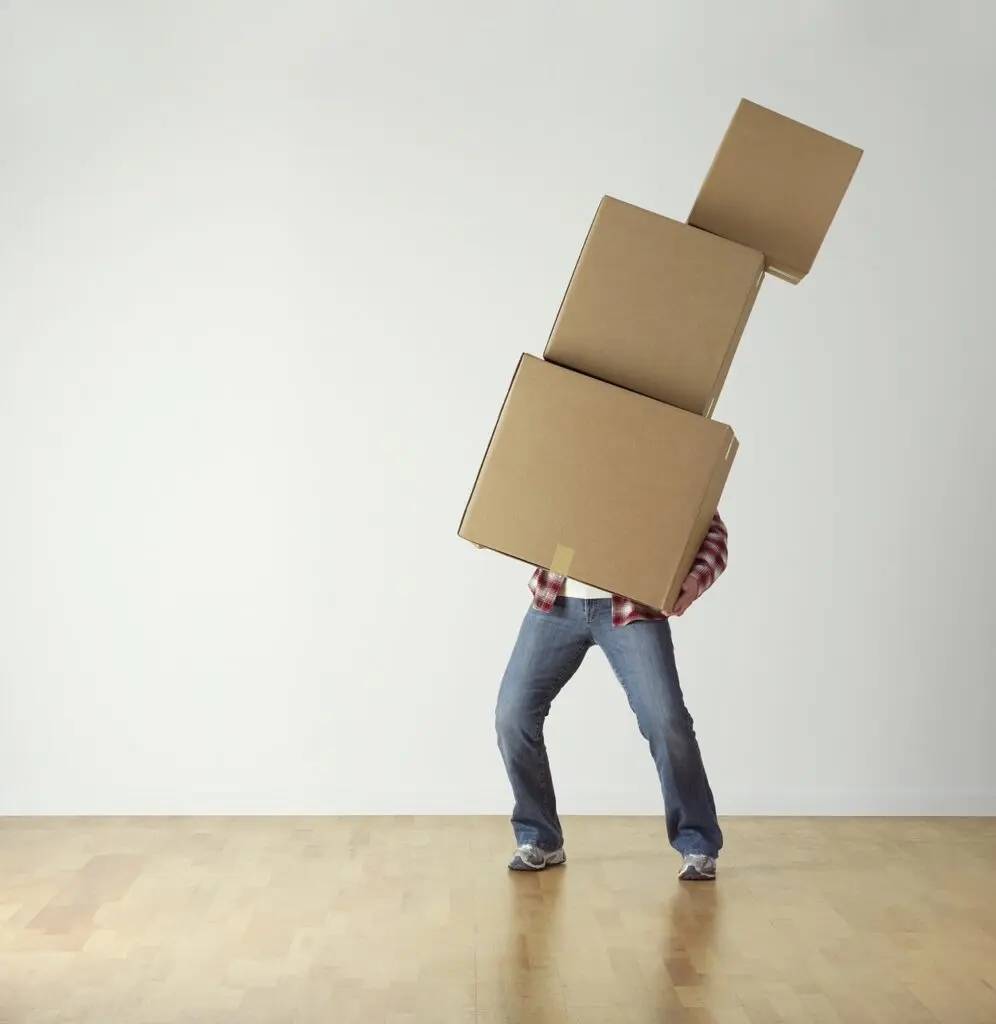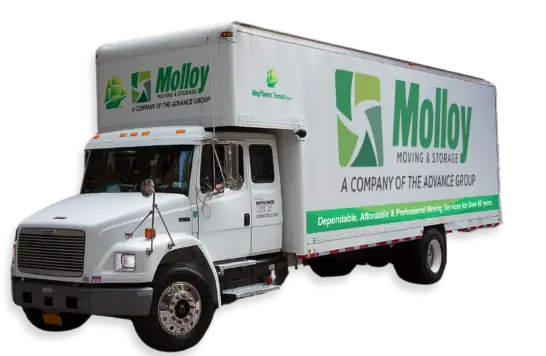By, Amanda Moore

For many people, moving is exciting—not only will you be breaking out of your daily routine of waking up, commuting on frequently traveled roads, running errands and returning home. When you move, everything becomes new, from where you go to how you get there.
But it’s also a challenge, and many people can find it a harrowing experience. Many a precious shirt or keepsake has slipped off a table while being boxed, only to be lost and later discarded.
If you’re about to start the moving, take a deep breath, think happy thoughts, and read through this guide so you know how best to stay organized (and keep your keepsakes safe) when moving:
Moving prep
Congratulations! You’ve taken the first step when it comes to moving: preparing. Before you start running around town collecting boxes and bubble wrap, you need to document what you’re packing, what you’re going to donate or sell, what you’ll need to buy for your move, and what the overall cost of your move is going to be.
You can easily keep of all this information by putting it into an Excel spreadsheet, as well as a checklist for things you must do related to moving, like alerting the post office, changing your billing and shipping address, and updating your close friends, families, and penpals to your new address.
Keep in mind that you won’t always have immediate access to that spreadsheet as you’re traveling around town or up and down the stairs. Consider making a moving binder so you can keep a printed version on hand. Make sure your binder also has folders to keep all your receipts from move-related purchases and donated items, contracts and all the necessary contact information for your moving company, new utility company, and new landlord.
Keep your essentials separated
There are certain items—like medications, chargers, toiletries, your favorite sweater—that you’ll need to continual access to throughout the moving process. Don’t pack them with their cohorts, but also don’t keep them in their usual spots (you might inadvertently pack them away). Instead, keep these essential items together in their own box so you have easy access to them and keep it with you when you’re traveling for your move so you won’t have to look for it after a long day.
Are you covered for this?
Accidents can happy during a move. Any reputable mover should cover any property damage to your home. But, the best movers will take all precautions to prevent damage, such as protecting all flooring, walls and banisters.
Most movers provide valuation. The best movers provide 100% coverage with a $0 deductible on long distance moves, making sure your items are covered if they are lost or broken.
Also keep in mind, while packing up your own stuff might seem like a good idea, even if you have a vehicle that can haul a lot of your belongings, you should know that anything you pack or move on your own is not covered by moving valuation. Moving your own stuff to your new home comes with a risk, so make sure you’re aware of that risk.
It’s also a good idea to create an inventory list of valuable items in case you need to file a claim, as well as before and after pictures of those valuables. This inventory list should also go in your moving binder[SS1] .
Buyer Beware
When hiring movers, many moves will lead you into thinking that the move they are selling you includes “insurance coverage” Be careful when they tell you that. By Federal law all moves must included “Carriers liability” which covers .60 per lb. per article. To put that in perspective, if you paid $3,000 for that new 70” television and there is damage you would get the equivalent of $75.00 which is 125 lbs. multiplied by .60
Use colors when moving
Who says moving can’t be colorful? While most people use clear packing tape and then a black sharpie to label boxes, you should instead opt for colored duct tape. It’s easier to see from a distance and it’ll take less time than writing out “upstairs bedroom” a dozen times. Color coding your moving boxes is easy; just select a specific color for each room, record it in your moving binder, and let your movers know which colors go where so you don’t end up unpacking a toaster oven in your bedroom.
Move smarter, not harder
Staying organized while moving might seem difficult, but it saves you plenty of hours of frustration and potentially hundreds of dollars at the end of the day (as well as helping to make sure those keepsakes make it to your new mantle place).
Amanda Moore is a freelance writer with a passion for helping others. When she’s not reading or writing, you can catch her exploring the outdoors with her pup, Bandit.



